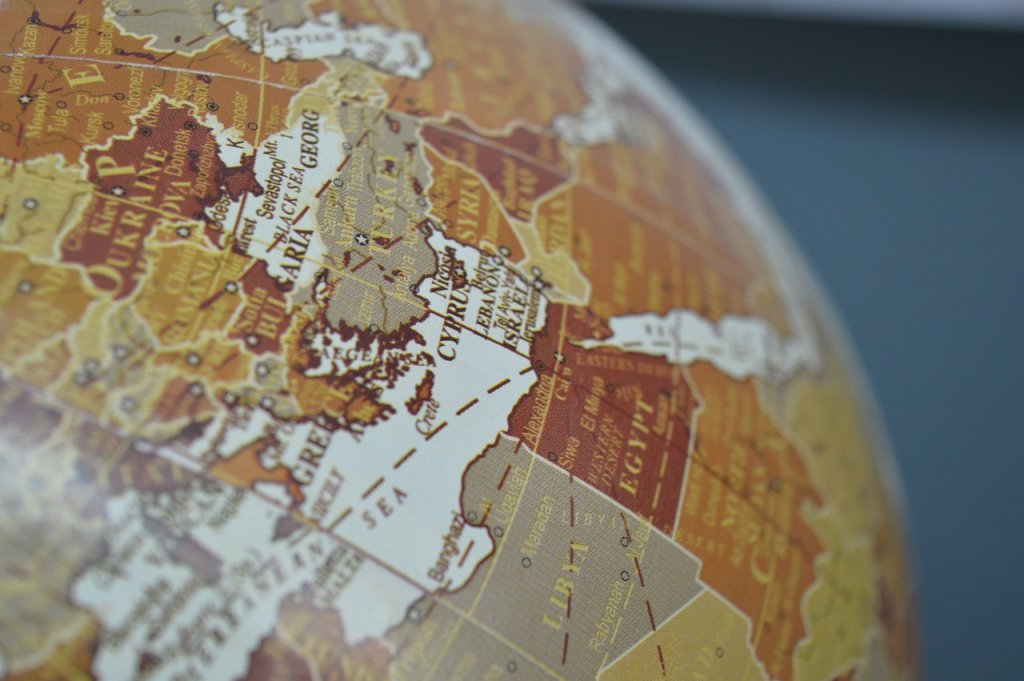
The Arab League announced on May 7 that it ended its decision to suspend Syria’s membership 12 years ago over the violent suppression of the revolts that began in the Arab Spring process. Following this, Syrian President Bashar al-Assad attended the Arab League Summit held in Saudi Arabia on May 19 and was welcomed very warmly by the host.
Syria has long been expected to return to the Arab League. In recent years, several Arab countries have begun to normalize their relations with the Assad regime. The United Arab Emirates (UAE) was the first to do so. In December 2018, the UAE reopened its embassy in Damascus. After that, the UAE continued to develop its relations with Syria using both the pandemic period and the earthquake diplomacy as an opportunity. But the US Caesar sanctions prevented the UAE from fully improving its economic ties with Syria to the extent it wanted.
On the other hand, in recent years, many Arab countries have declared that they want to normalize relations with Syria. Bahrain, Lebanon, Egypt, Tunisia, Jordan, and lastly, Saudi Arabia have also begun to send positive signals on the matter, and some have re-established diplomatic relations with Damascus. In this context, especially Saudi Arabia’s change of attitude opened the way for Syria to return to the Arab League. In the meantime, Qatar continued to resist. But in the final analysis, Qatar did not veto the decision and preferred not to undermine the consensus between the Arab countries. Apparently, after resolving the so-called Qatar crisis in 2020, Doha did not want a new crisis that would negatively affect its improved relations with Saudi Arabia. Still, Qatar’s Sheikh Tamim bin Hamad al-Thani left the summit when Assad started to speak, expressing his unhappiness, albeit symbolically. Kuwait and Morocco are also the two other Arab countries that keep their distance from normalization with Syria.
What does this decision of Syria’s return to the Arab League mean? First, Syrian President Assad is trying to present this decision to his country and regional and extra-regional audiences as a mark of victory. Yet, after a crisis and a war lasting more than 12 years, Syria is a country where more than 500,000 Syrians lost their lives, and half of the country’s population has become refugees or internally displaced. In addition, the country’s infrastructure is largely destroyed, and the population is facing a severe humanitarian crisis. While Assad seems to have taken control of much of the country, there are areas outside his authority in the north and northeast. Turkey controls some of these areas along with some opposition forces and some by the US along with the PYD. Furthermore, the influence and control of Iran, Hezbollah and Russia continue in areas under Assad’s control.
Why did the Arab League then take such a decision? First of all, each country has different concerns and interests. For instance, Lebanon and Jordan want normalization of relations with Syria and stability in that country, both for their own security concerns and to be able to send more Syrian refugees back. Many Arab countries are also concerned that Syria is becoming a “narco-state”. Syria has become a center of drug trafficking during this period, affecting its neighbors. In fact, many countries, including Saudi Arabia, have raised this issue at the summit. Obviously, they want to have an impact on this issue by developing relationships with Assad.
But if we go beyond these specific reasons and look at the broad picture, the return of Syria to the Arab League can be seen as part of a new regional order that has been forming for a while. The general trends that shape this regional order are the decrease in US influence in the region and the attempts to create a Gulf-centric regional order. There are challenges from this attempt within the Gulf, as demonstrated by the competition between Saudi Arabia and the UAE for their roles. But the general framework still remains the same. The most important indicator of this new order is the steps of normalization that have been ongoing for a while. Normalization with Syria and the return of Syria to the Arab League as part of it is one of these broad steps of regional normalization.
Thus, this is a vision of an Arab-centric regional order. But, unlike in the past, it is a design that aims to make all non-Arab countries part of the order in some ways. Previously, non-Arab countries were included in the Arab vision of a regional order to balance each other. For example, after the 1990–91 Gulf Crisis, the Peace Process envisaged normalization with Israel and, for a short period, also embraced Iran under Rafsanjani as part of the new regional order. This vision excluded Turkey, which then had problematic relations with Syria. In the period after the US invasion of Iraq in 2003, a new regime emerged that excluded Iran, saw Turkey as a balancing actor against Iran, and established a tacit partnership with Israel over the opposition to Iran. However, this new vision aims to normalize relations with Israel, Iran, and Turkey. The Gulf countries, which felt threatened by the Arab uprisings, now believe they have defeated the political Islamist wave represented by the Muslim Brotherhood movement. They are also negotiating with global powers in areas where they think they have room for manoeuvre, with the confidence created by the security of rising oil revenues and opportunities created by changing global relations. On the other side, non-Arab countries also seem to be ready to engage with the Gulf. The Iranian regime, which has serious legitimacy problems inside and has been unable to return to the nuclear deal, needs this normalization. Turkey is dealing with economic difficulties and has troubled relations with its traditional allies. Finally, Israel needs to have open relations with more Arab countries, especially Saudi Arabia, without solving the Palestinian problem.
The critical issue is that the Gulf countries want to engage with non-Arab actors and make them part of the regional order under their own terms. Yet the weakest point here is Syria. No Arab country has much influence in Syria, which is one of the key regional policy issues. This concern seems to be the crux of Syria’s return to the Arab League. Otherwise, Syria’s return to the 22-member League, which was founded in 1945 and has not been active in problem-solving and even inadequate in developing regional cooperation, could not be a significant development. But there is a symbolic significance; the problem of Syria is now also part of the Arab world. In fact, a regional organization such as the Arab League, which doesn’t really have many functions, works in such situations; where a single country’s participation in the political settlement process in Syria is more complex or weaker, an organization representing all Arab countries, including Syria, can become a more legitimate actor.

Prof. Dr. Meliha Benli Altunışık, Middle East Technical University
Meliha Benli Altunışık is a faculty member in the Department of International Relations at METU. She works on the international relations of the Middle East, Turkey’s Middle East Policy, Rentier states.
To cite this work: Meliha Benli Altunışık , “Syria’s Return to the Arab League ”, Panorama, Online, 27 August 2023, https://www.uikpanorama.com/blog/2023/08/27/mba-4/
Copyright@UIKPanorama. All on-line and print rights reserved. Opinions expressed in works published by the Panorama belongs to the authors alone unless otherwise stated, and do not imply endorsement by the IRCT, Global Academy, or the Editors/Editorial Board of Panorama.

